
views
Planting Mimosa Pudica
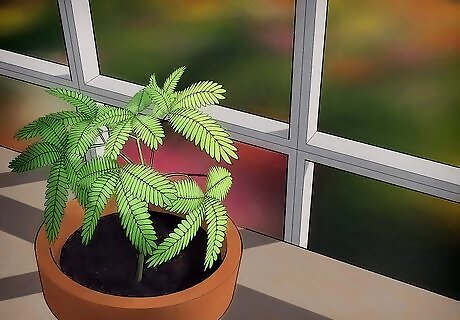
Choose a planting time. Plant Mimosa pudica seeds indoors in spring, at any time before the last frost. If you have growing lights and good temperature control, you may plant them indoors at any time of year.
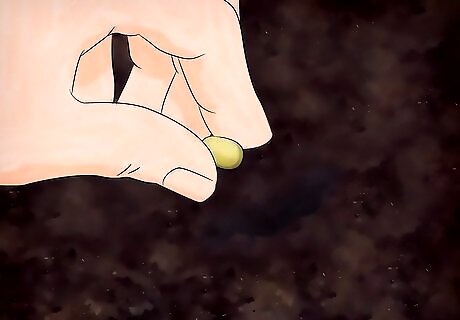
Purchase some seeds from a reputable grower. Take off the brown outer covering. Then you will have a greenish seed. Scratch the surface of the seed to scarify it. Tweezers have worked well for this part, though it may be hard.

Prepare your potting mix. Mimosa pudica can grow in most well-drained soil. For best results, however, try a mix of loam and dry, aerating materials, such as two parts loam, two parts peat moss, and one part sand or perlite. If you don't want to make your own mix, most all-purpose commercial potting mixes have similar ratios, and should work well enough.
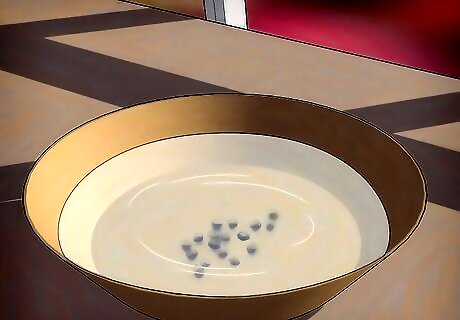
Soak the seeds (optional). The seeds are more likely to germinate if you weaken the tough outer seed coat first. Soak the seeds in bowl of water for up to 24 hours if you want to play it safe. (You may let the water cool as the seeds soak.)
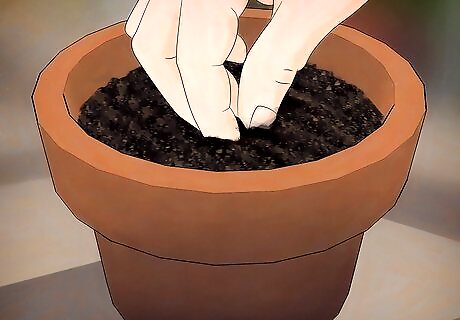
Plant two or three seeds in each small flower pot. Place each seed just barely below the surface of the soil, about 3mm (⅛ in.) down. It's likely that most of your seeds won't germinate, so these extra seeds will minimize wasted effort. You can start the seeds in a seed tray or in 7 centimeter (2.8 in) (3 in.) pots.

Water the soil. Water until the soil is slightly moist, but not soggy. Water again whenever the soil is about to dry out. If you're worried about getting the right amount of water, place the flowerpot in a shallow dish of water. Let sit ten minutes or until the top of the soil feels damp, then discard the excess water.
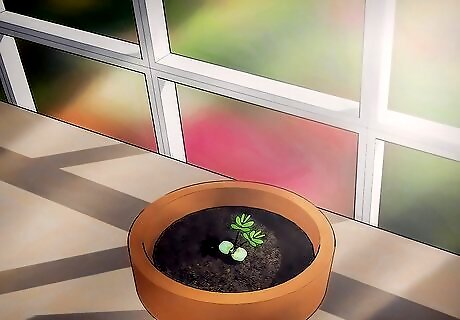
Provide plenty of sunlight. If sensitive plants do not get enough sun, they may close their leaves. Put them in a location where they receive full sun for most of the day, or partial shade if you live in a very hot region. In ideal conditions with temperatures around 70ºF (21ºC), the seeds may germinate in under a week. In less ideal conditions, or if you didn't soak the seeds, this may take two to four weeks. Some of your seeds may survive colder nighttime temperatures, but they may end up slow-growing or fragile. Never expose the seeds to frost. If the room is too cool or too dry, cover the pot with plastic wrap to trap heat and moisture. Remove this as soon as the first seedling appears.
Propagating a Mimosa Pudica
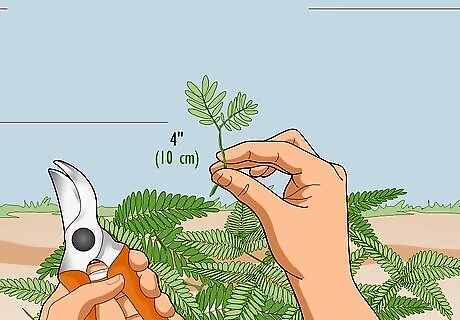
Cut a 4 inch (10 cm) shoot from a mature sensitive plant. You can plant the shoot and grow a new sensitive plant from it. Make sure the shoot you cut has at least one leaf node on it.
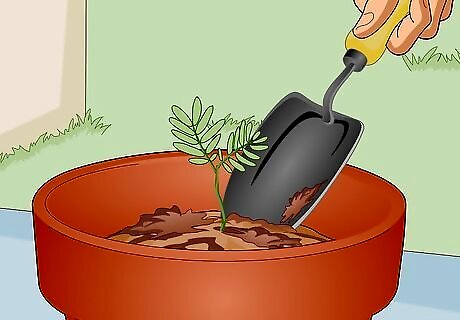
Plant the shoot in a pot using a peat moss and perlite potting mixture. To plant the shoot, dig a small hole in the potting mixture and place the root-end of the shoot in it. Then, fill in the hole. If you want the shoot to grow roots before you pot it, put it in a glass of water after you cut it and set it in a sunny location. Once the roots start to form, transfer the shoot to a pot.
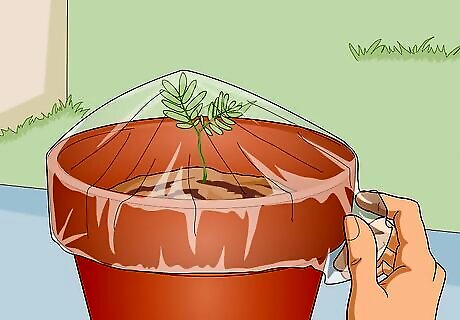
Cover the top of the pot with plastic wrap. The plastic wrap will create a humid environment for the shoot to get established in.
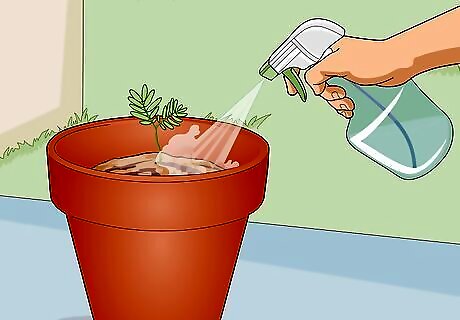
Keep the soil moist until the shoot gets established. Check on the soil daily to make sure it isn't dry. If
Caring for the Plant

Transplant to other pots when necessary. If more than one seedling sprouts in the same pot, then snip the weakest seedlings with scissors. This will make room for the healthiest seedling. You can also transplant all of the seedlings into separate containers, but keep in mind that this is riskier. Once your plant reaches maturity, transplant it to a larger pot whenever the roots come out the drainage hole or press against the sides of the container.
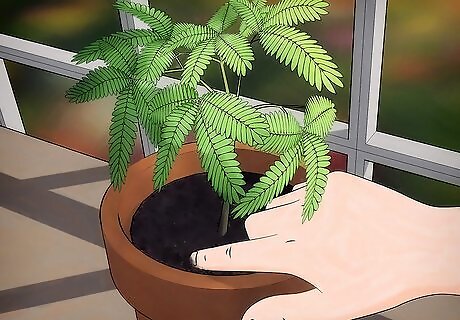
Keep the soil moist. The soil should remain moist at all times, but never soggy. If the sensitive plant is in a dry room, mist it with water occasionally, or place it on a humidity tray.
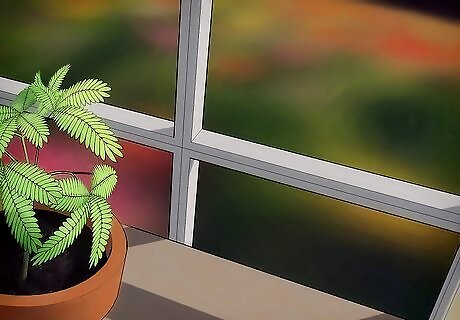
Keep the plant indoors (recommended). Sensitive plants are an invasive weed in many areas. Unless you are in one of their native habitats in tropical America, you may want to grow sensitive plants indoors. Gardeners worldwide report the plant taking over their lawns. In Australia, you are legally required to minimize the spread of mimosa pudica seeds off your property.
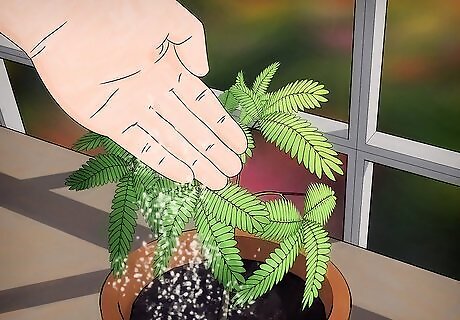
Fertilize regularly. Dilute a balanced fertilizer to half the strength recommended on the label. Apply to the soil once a week during the growing season, and once a month during winter.

Protect against cold. Since it is a tropical plant, Mimosa pudica will grow best if nighttime temperatures are 70ºF (21ºC) or higher. If temperatures fall below 65ºF (18ºC), move the plant to a warmer room or keep the plant warm in other ways. Adult plants can survive temperatures as low as 40ºF (4.5 °C), but are at risk of damage or death. Keep an eye out for yellow leaves and stems, which are signs of possible cold damage.

Provide space for the plant to grow. It's normal for the stem to fall over and creep along the ground once the plant matures. Provide a trellis or sturdy plant to support it, or allow enough horizontal space for it to grow. Some sensitive plants grow more than 1 meter (3 ft) high or 2 meters (6.6 ft) horizontally, but in temperate zones they will more likely reach half this size.

Watch its lifespan. Mimosa pudica can survive for at least two years in tropical climates, but are usually annual plants in temperate zones. Even if your plant survives after its first bloom (usually in summer), you may have better results letting it die and collecting its seeds for next spring. To collect seeds, let the pods dry on the plant, then break them open and collect the seeds.

Prevent disease. The sensitive plant is not particularly prone to disease, but it may become infested with some common pests, such as red spider mites, mealy bugs, and thrips. These can be removed by spraying the plant with a direct stream of water or neem oil every few days. Avoid using insecticidal soaps, as these can turn the leaves of the plant black.

















Comments
0 comment